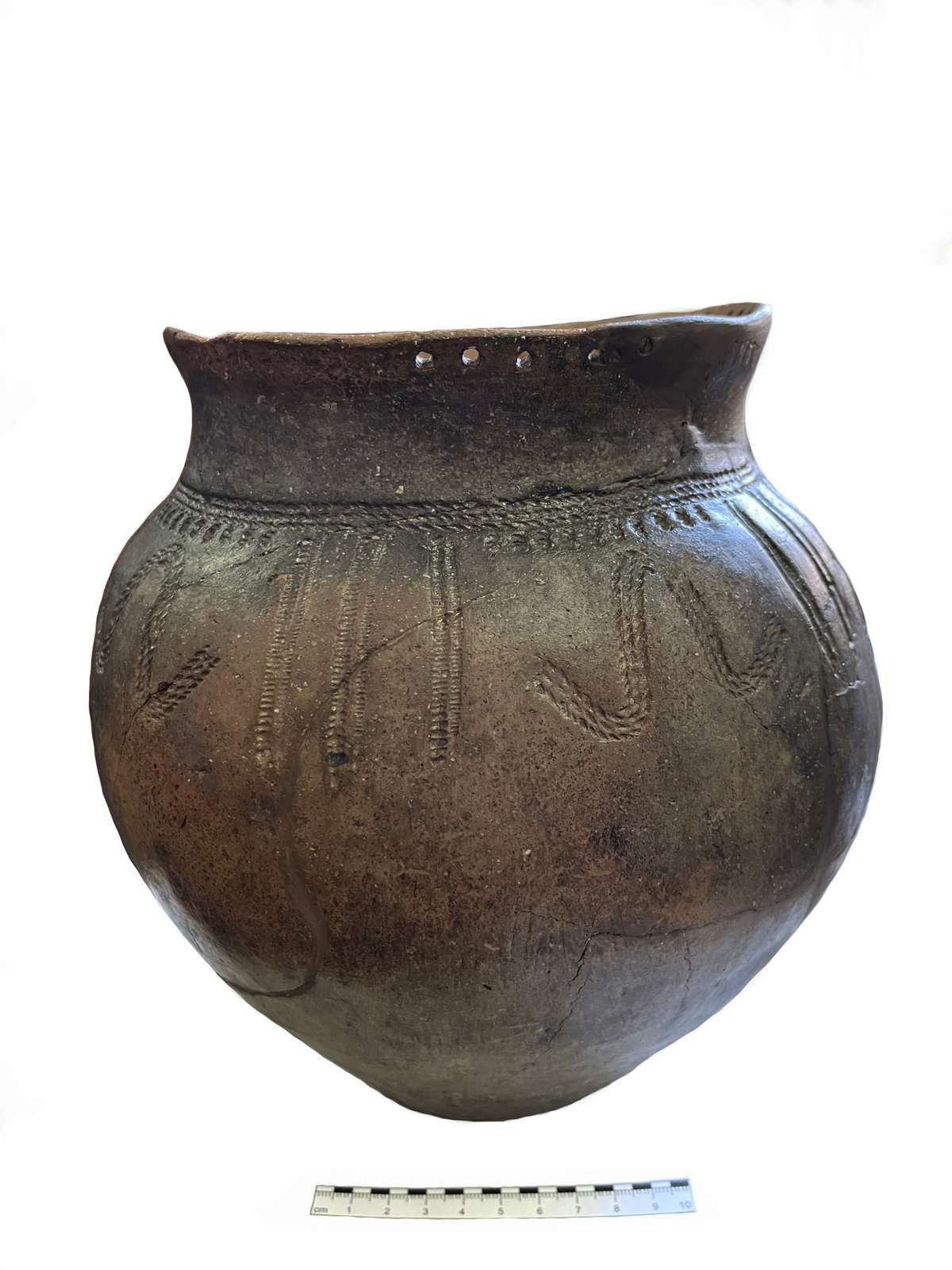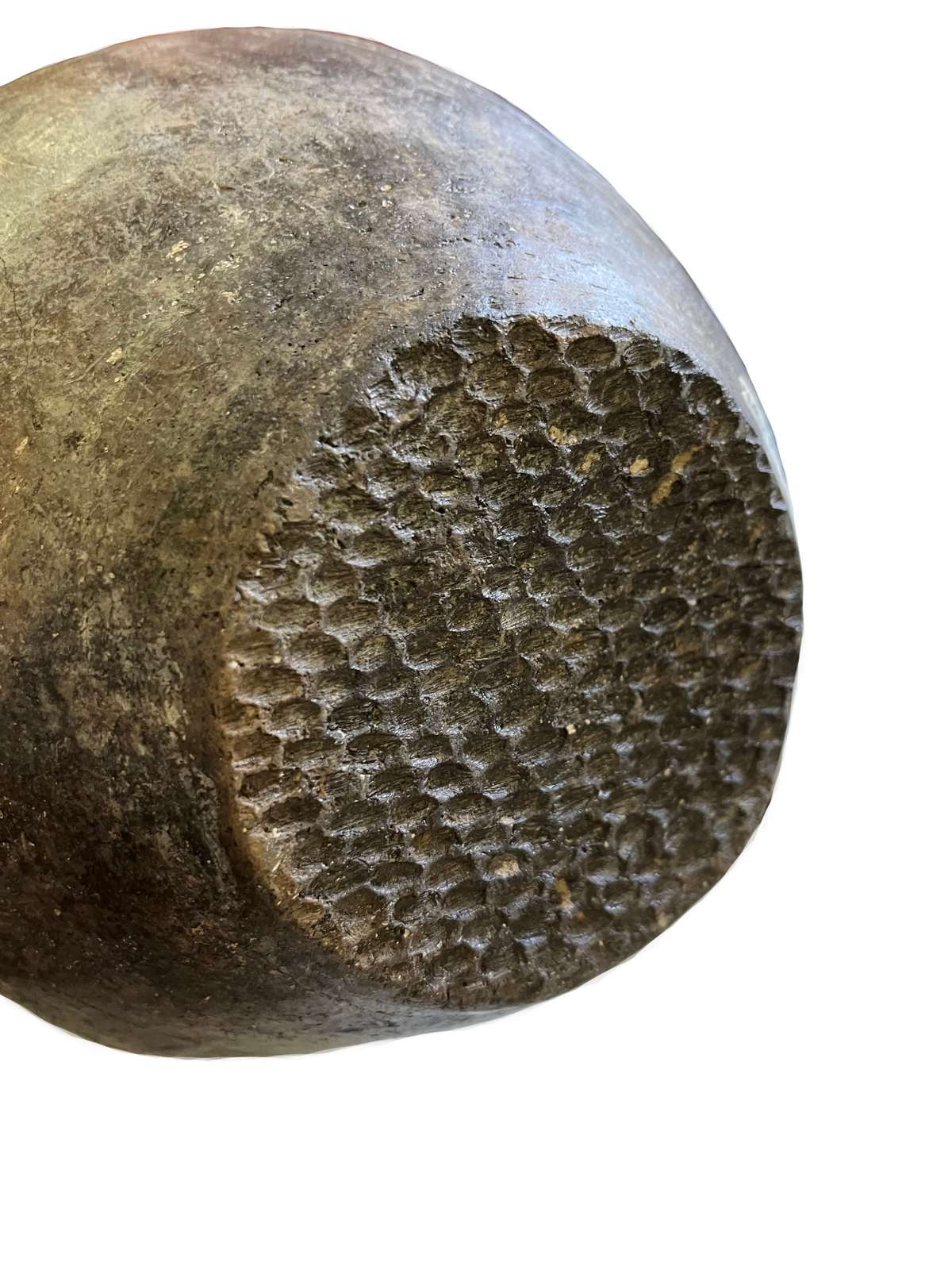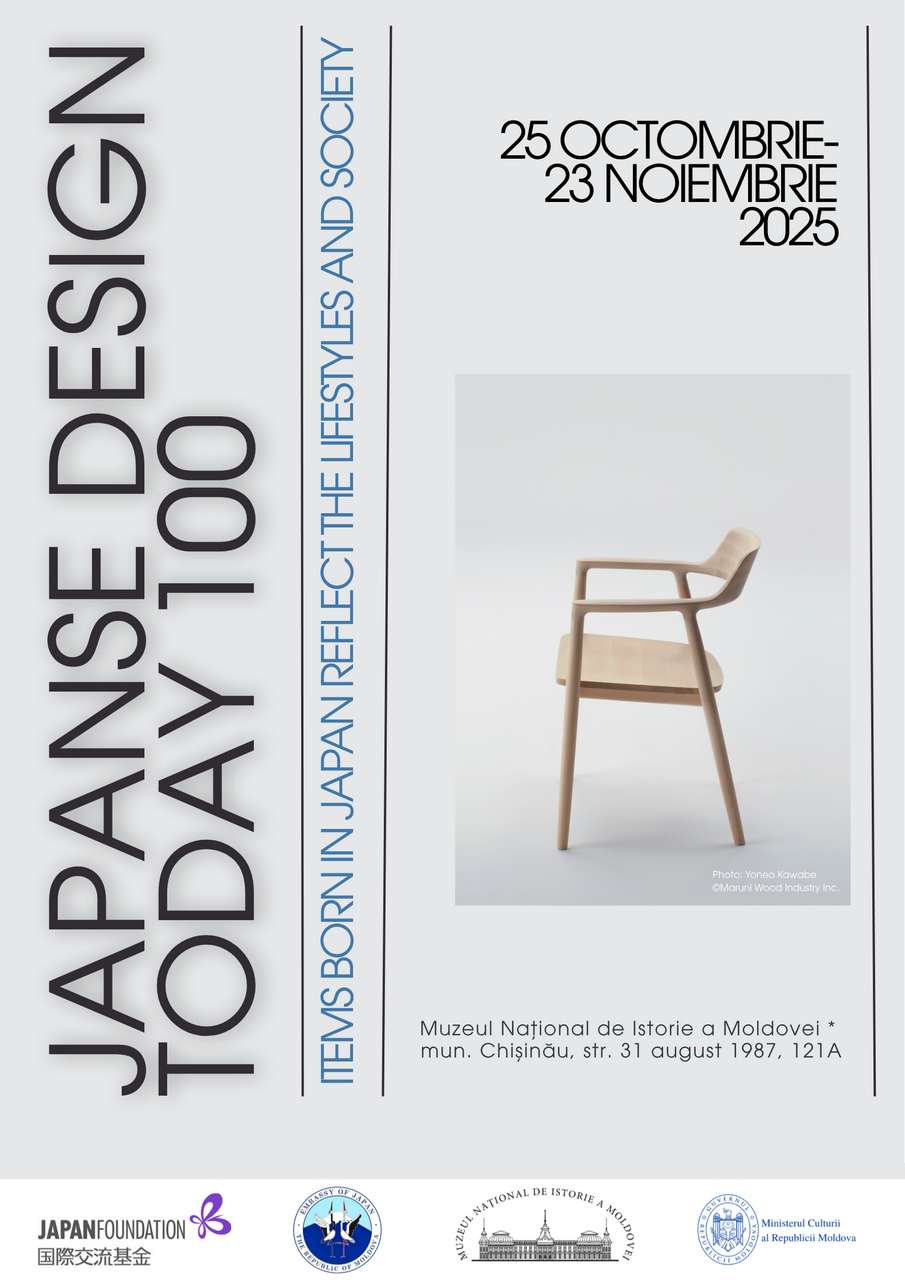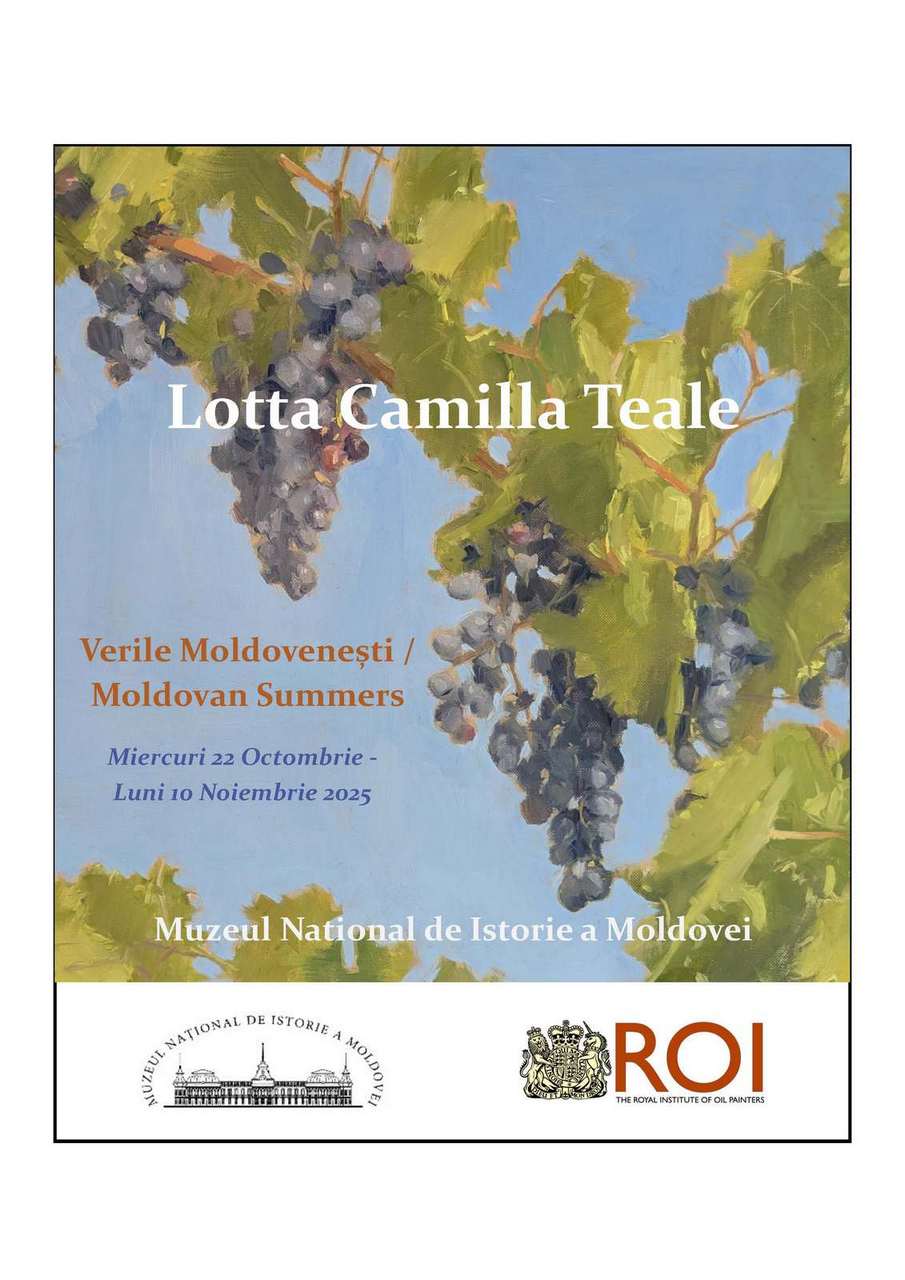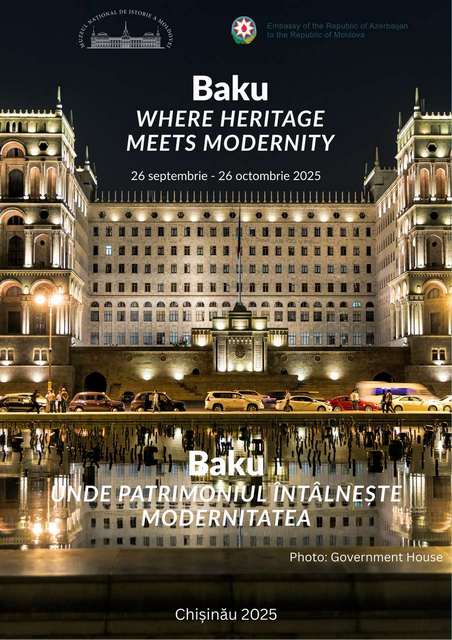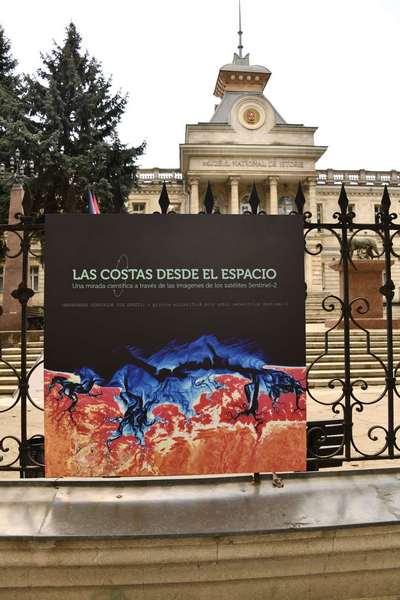International Museum Day was celebrated this year by the National Museum of Archaeology and History of Moldova through the series of events, which took place between 10:00 and 18:00. This time the theme of the Day was «Museums and Memory» (as decided by ICOM).
The celebration began with museum specialists greeting, rewarding them with diplomas, presentation of a guide "Museums of the Republic of Moldova" published by the National Committee of ICOM Moldova, and the donation to the museum of unique archaeological objects found by a private person in the surroundings of Orhei.
This was followed by the opening of exhibition
A Mapping of Old Estates.
In the permanent exhibition there were highlighted exhibits with legends, Museum Film Library „Clio" showed documentary and historical films, and in the ground and first floors there were workshops for children „Archaeological Object - an Enigma" and „Origami".
The celebration continued in the museum courtyard with the Military Brass Band concert, military exercises demonstrated by soldiers of the Guard Battalion and the Battalion of Special Purpose, and the music and dance show with the participation of the Choral Music Studio "Lia-ciocarlia", Sports and Modern Dance Club "Dacia Dans", Art Studio „Kwantis". In the courtyard there also had place an exhibition and sale of decorative handiwork pottery in the Cucuteni-Tripolye style.
Partners: Ministry of Defense of the Republic of Moldova, Republican Center for Children and Youth ARTICO, Club of Sports and Modern Dance
Dacia Dans, Art Studio „Kwantis"
Media Partners: Kiss FM, Publica TV, Noroc TV, Panonimedia, allmoldovaallfun











 31 August 1989 St., 121 A, MD 2012, Chisinau, Republic of Moldova
31 August 1989 St., 121 A, MD 2012, Chisinau, Republic of Moldova



